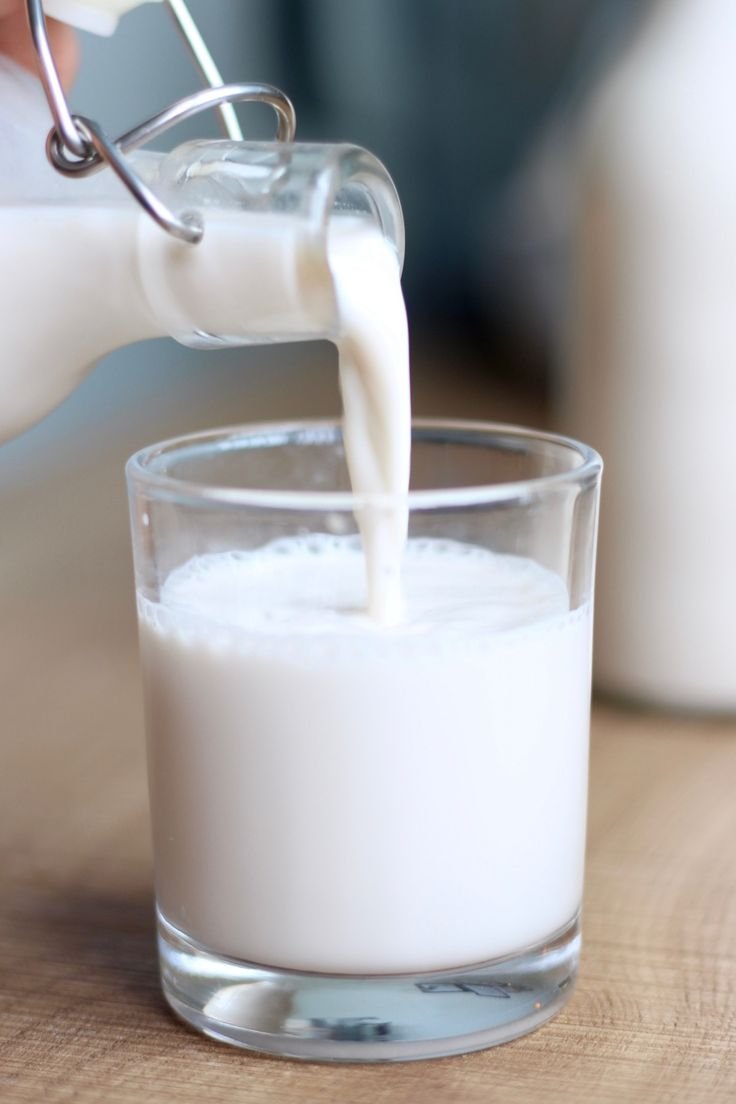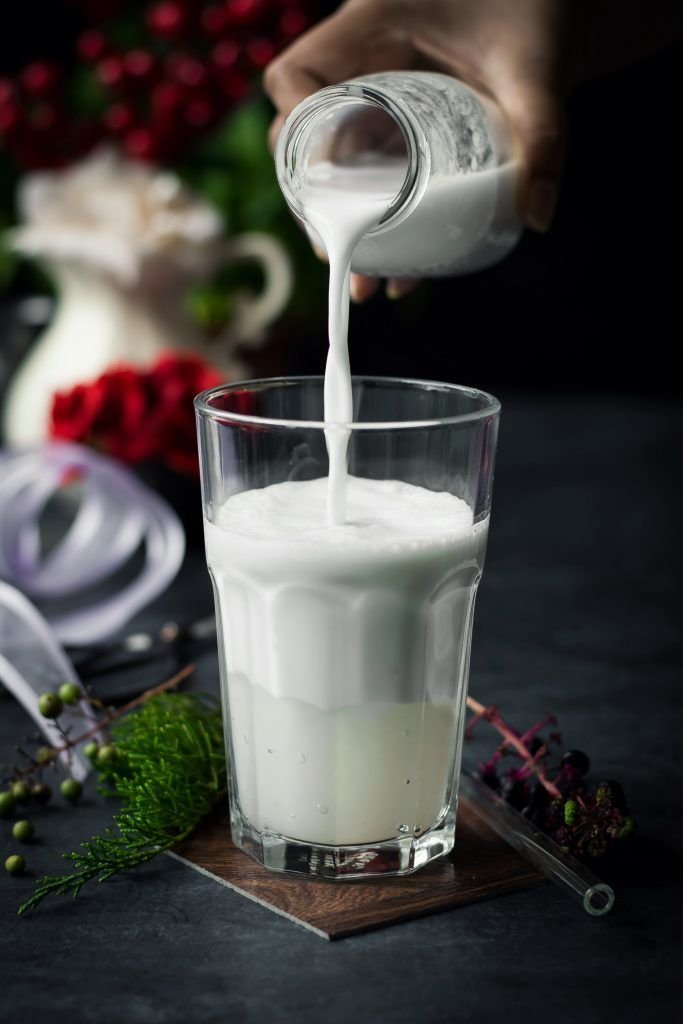
Skimmed milk, often touted as a healthy choice for those aiming to shed pounds, has gained popularity for its lower fat content. While it can be a valuable component of a weight loss strategy, understanding its benefits and potential side effects is crucial for making informed dietary choices.

Benefits of Skimmed Milk for Weight Loss
1. Reduced Calorie Intake
Skimmed milk is made by removing the fat content, resulting in a lower calorie count compared to whole milk. Choosing skimmed milk can contribute to a calorie deficit, a fundamental aspect of weight loss.
2. Protein-Rich
Skimmed milk retains its protein content, which is essential for muscle building and repair. The protein content can contribute to satiety, helping individuals feel fuller for longer, and potentially reducing overall calorie intake.
3. Calcium and Vitamin D
Skimmed milk remains a good source of calcium and vitamin D, crucial for bone health. Despite the reduced fat content, it provides these essential nutrients, supporting overall well-being during weight loss efforts.
4. Lower Saturated Fat
Skimmed milk contains less saturated fat compared to whole milk. Lowering saturated fat intake is often recommended for heart health, making skimmed milk a heart-friendly option.

Side Effects and Considerations
1. Nutrient Absorption
Some fat-soluble vitamins, like A and D, require dietary fat for optimal absorption. The absence of fat in skimmed milk may impact the absorption of these vitamins. Combining skimmed milk with foods containing healthy fats can mitigate this concern.
2. Satiety Levels
While skimmed milk is protein-rich, the absence of fat might affect its ability to provide sustained satiety. Individuals may find that whole milk or other sources of healthy fats contribute to a more satisfying and lasting sense of fullness.
3. Processing and Additives
Skimmed milk can undergo additional processing to remove fat, and some commercial varieties may include additives or fortifications. It’s essential to choose minimally processed options to ensure the milk’s nutritional quality.
4. Taste and Texture
The removal of fat can alter the taste and texture of skimmed milk, which might be less appealing to some individuals. Adding it to coffee or cereal may help overcome these taste concerns.

While skimmed milk can be a beneficial component of a weight loss-focused diet due to its lower calorie and fat content, it’s essential to consider individual preferences and nutritional needs. Combining skimmed milk with a well-rounded, balanced diet that includes a variety of nutrient-dense foods ensures that weight loss efforts are sustainable and promote overall health. As with any dietary changes, consulting with a healthcare professional or nutritionist is advisable to tailor recommendations to individual needs and goals.




